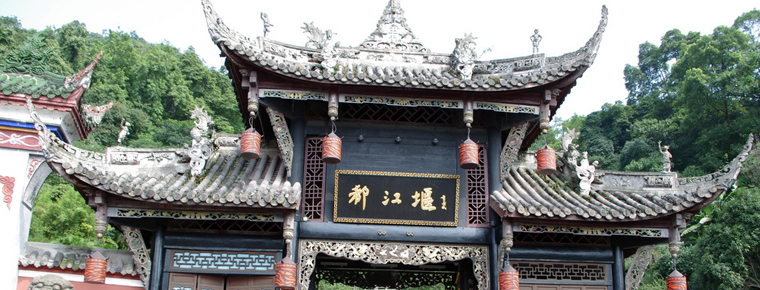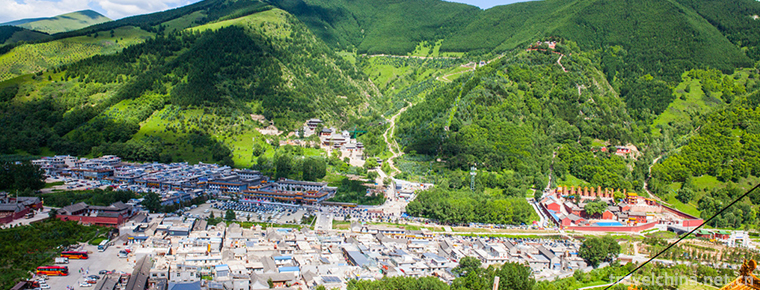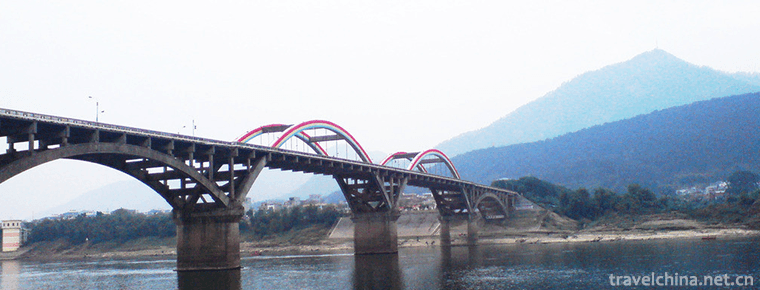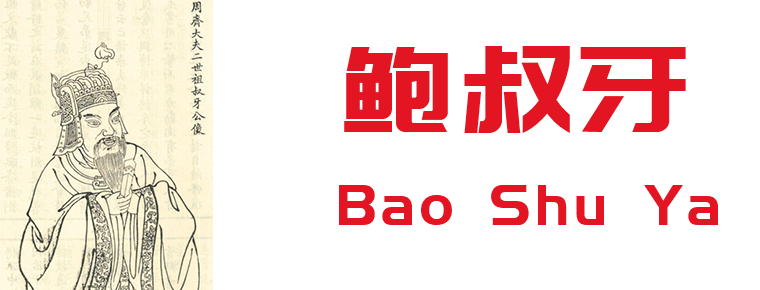Dianchi Lake
Dianchi, also known as Kunming lake, Kunming pool, Yunnan Nan Ze, Yunnan sea. In the southwest of Kunming, Panlong River and other rivers pour into the lake, with an elevation of 1886 meters and an area of 330 square kilometers. The largest freshwater lake in Yunnan Province is called the plateau pearl. The average depth is 5 meters and the deepest is 8 meters. The lake is released in southwest Haikou. It is called Mantis river. It is the source of the Jinsha River on the upper reaches of the Yangtze River.
Dianchi is a national tourist resort with beautiful scenery. Surrounded by Yunnan Nationalities Village, Yunnan Nationalities Museum, Xishan Huating Temple, Taihua Temple, Sanqing Pavilion, Longmen, Jianzhu Temple, Grand View Tower and Jinning Panlong Temple, Zhenghe Park and other scenic spots. The holiday area covers an area of 18 square kilometers.
In 1262, Songhua Dam was built on the Panlong River. In 1268, Haikou River was excavated to increase the discharge of Dianchi Lake and reduce the flood around the lake. Since 1955, more than ten large and medium-sized reservoirs have been built in the upper reaches of the lake, and dozens of electric drainage and irrigation stations have been built along the lake to relieve flood disasters and to ensure irrigation of farmland and industrial and domestic water. The lake produces carp, crucian carp, fish and so on.
Dianchi, formerly known as Nan Ze, also known as Kunming lake. There are four versions of the origin of the name of Dianchi. According to Jin Changbi's Hua Yang Guo Zhi Nan Zhong Zhi, Dianchi Lake is called Dianchi Lake because of "shallow and narrow downstream, such as backward flow." This is geographically speaking. Another way of saying is to find out the meaning of "pronunciation," and think that "Dian people, too." Some think it is "dian" in Yi language, that is, the meaning of dams. The third is from the national title to textual research, "Historical Records of Southwest Yi Lie Zhuan" contains: "Yunnan", in ancient times is the largest tribal name in this area (Yuqiang "Suo", "Suo", "Furong"), Chu Jiangzhuang joined Dian, changed clothes to be commonly known as the King of Dian, so there were Dianchi tribes before the name of Dianchi Lake. The fourth theory holds that "dian" is the "Pavilion" or "Shrine" of Zhuang language, which refers to the location of ancestral shrines.
"Historical geography of Dianchi" contains: the cultural tradition of the ancient Qiang people is "flexion and burial" and cremation. Hundreds of tombs were excavated in the Pre-Qin and Han Dynasties in the Dianchi Lake area. Only one of them was buried with bent limbs. The rest were buried on their back. This proves that the inhabitants of the Dianchi area in the pre Qin and Han dynasties had little to do with di and Qiang. The "Yi Ming Ren", the world's most recognized Yi people, first came to Dianchi after the Eastern Han Dynasty. The historical records of the Western Han Dynasty said: "when the king of Chu was king, the general Zhuang Zhuang... To Dianchi "," Dianchi "has been included in the annals of history. In the Northern Wei Dynasty, Li Dao Yuan's "water classics Annotation" said: "pool,... The source is deep and broad, low and shallow, but if backward, it means Dianchi. Therefore, the "water system inversion" is more credible.
Dianchi Lake is a seismic fault-subsided lake, about the end of Mesozoic and early Cenozoic (about 70 million years ago), Gupan Longjiang has been developed, due to long-term flow erosion, so that Kunming has become a wide and shallow valley. By the late Miocene of the Cenozoic (about 12 million years ago), Yunnan had undergone several intermittent and unequal uplifts, followed by large north-south faults. To the west of the fault line, the earth's crust was uplifted, forming a steep western mountain, which seemed to rise from the lake. The relative subsidence east of the fault line and the uplift of the mountain area of Citongguan at the junction of the southwestern Jinning County and Yuxi City resulted in the blockade of the Southern Circulation of the Longjiang River and the accumulation of water in the ancient Dianchi Lake.
There is also a view that the ancient Dianchi Lake belongs to the Red River system, flowing into the Red River from Cetongguan, then when the water area of Dianchi Lake dropped below 1940 meters, after a long time, Cetongguan uplifted the Haikou River subsidence, Dianchi Lake outflow was blocked from the Haikou River northwest to the Jinsha River system.
Dianchi Lake, located in the center of Kunming Bazi, east of Chenggong District, West to the foot of the West Hill, north of Daguan Park, south into Jinning County . All in the capital city of Kunming, Yunnan Province, part of Peking University belongs to Kunming. Among them, the northwest is a western mountainous area, accounting for about one third of the area, along the coast of avant-garde streets, Fuhai Street, Biji Town, Haikou Town and other places; the upper part of the northeast is Guandu District, about one sixth of the area, along the coast of Liujia Street, Guandu Street, Yiliu Street and other places; the lower part of the Northeast Chenggong District, along the coast of Dounan Street, Dounan Street, etc. Longcheng street, big fishing village, Ma Jin Pu Township and other streets or townships. About one third of the South belongs to Jinning County, along the coast of Xinjie Township, Jincheng Township, Shangli Township, Jinning County Town Kunyang Town, Erjie Township and so on.
Dianchi is the first largest lake in Southwest China and the sixth largest freshwater lake in China. Drainage area (excluding river basin area below Haikou) is 2920 square kilometers. Dianchi Lake is 40 kilometers (including the grass sea) north and South (about 32 kilometers in length), with an average width of 7 kilometers (12.5 kilometers) East and west. The lake is 1886 meters above sea level and the lakeside line is about 150 kilometers long.
The northern part of the lake has a ridge stretching East and west. It is a barrier bar 3.5 kilometers long and 300 meters wide. The eastern end of the lake is connected with the Panlong River Delta. The western end extends into the Dianchi Lake. The lake is divided into internal and external parts. It is nicknamed as "a line dividing the autumn scenery equally". South of the ridge is called the sea, is the main part of Dianchi Lake, 289.065 square kilometers of area accounted for 97.2% of the total area of Dianchi Lake; north of the ridge is called the Inland sea, also known as Caohai, an area of about 10 square kilometers. The average depth of Dianchi is about 5 meters, the deepest part is about 8 meters, and the North Caohai is shallower, only 1 meters deep.
Water quantity
The upper reaches of the Longjiang river basin area is 903 square kilometers, and the average annual runoff is 165 million cubic meters over the years. The water level of Dianchi Lake, after the construction of the sluice in Haikou, has been under the control of human activities. According to the Regulations on the Protection of Dianchi Lake in Yunnan Province, the controlled operating water level of Dianchi Lake is 1887.5 meters of normal high water level, 1885.5 meters of minimum working water level, 1885.2 meters of countermeasure water level in extremely low water year, 1887.2 meters of flood period and the highest water level once in 20 years. The high water level is 1887.5 meters. Years of data show that basically within the controllable range.
Water Quality
In the 1960s, the quality of both the Caohai Lake and the offshore waters of Dianchi Lake were of two types, three in the 1970s, five in the 1980s and four in the 1980s, respectively. In the 1990s, the water quality deteriorated further. There are 5 categories and 5 categories respectively. In the past 30 years, the water quality has dropped by 3 grades. The transparency of the water body in the 1950s reached 2 meters in the grass sea, about 1 meter in the open sea, and in some places it was even clear to the bottom. In 1980s, Caohai was only 0.40 to 0.60 meters, and the outer sea was 0.65 to 0.75 meters. The worst in 90s, the transparency of Caohai is only 0.25 meters, and the transparency of the open sea is only 0.41 meters. In 1950s, the aquatic higher plants in Dianchi were very rich, and vegetation accounted for more than 90% of the lake. By the end of the 70s, the vegetation area was less than 20%. Cauliflower community is one of the main characteristics of Dianchi Lake. Before the 1960s, Caohai was called "Huahu Lake" because of its flourishing flowers. In 70s, there were few seaweed flowers. Today, seaweed has been replaced by water hyacinth, and water eutrophication is becoming more and more serious. In the past, Dianchi Lake was rich in aquatic resources and had many kinds of fishes, among which carp had the highest yield and goldthread was the most valuable. However, due to the pollution of water quality in recent years, the structure of biota has evolved unsteadily. In the mid-1950s, there were 44 species of aquatic plants in Dianchi Lake, but in the mid-1980s, there were 29 species of aquatic plants. There were 23 species of original fish in Dianchi Lake, of which 15 species were indigenous fish, and now only 4 species are indigenous fish.
There are three main reasons for water pollution in Dianchi. First of all, Dianchi Lake is located in the lower reaches of Kunming City, is the lowest depression in Kunming Basin, so it has become an objective "sewage bucket" in Kunming. This "bucket" must continuously accept domestic sewage, industrial wastewater and agricultural sewage containing pesticides and chemical fertilizers, coupled with the rapid development of urbanization in the Dianchi Lake Basin has increased the amount of sewage. According to statistics, the annual sewage discharged into Dianchi is about 200 million cubic meters, or about 2 billion tons. Secondly, Dianchi is a semi closed lake and lacks sufficient clean water to replace the lake water. In addition, in the process of natural evolution, the lake surface shrinks, the lake basin becomes shallow, endogenous pollutants accumulate and enter the stage of aging, and artificial increase of lake water discharge and decrease of surrounding forest coverage rate, accelerating the aging process. At the beginning of twenty-first Century, the water quality was gradually improved.
Ancient Dianchi Lake starts from Songhua Dam in the north, Jinning Baofeng in the south, Wang Jiaying in Chenggong in the East and Ma Jie in the west. From the Warring States Period to the Western Han Dynasty, the water level on the northeastern coast of Dianchi Lake had fallen to about 1915 meters, and now a large area of hills and plains near the rope slope, the Dragon Head Street and the Loess Slope had emerged. By the Tang and Song Dynasties, the water level of Dianchi Lake had dropped to 1890 meters, 510 square kilometers, 410 square kilometers in Yuan Dynasty, 350 square kilometers in Ming Dynasty, 320 square kilometers in Qing Dynasty, and less than 300 square kilometers today. The reservoir capacity of Dianchi Lake also kept pace with the area decreasing. It was 1.85 billion cubic meters in Tang and Song Dynasties, 1.6 billion cubic meters in Qing Dynasty, 1.57 billion cubic meters in 1947, and only 1.3 billion cubic meters today.

















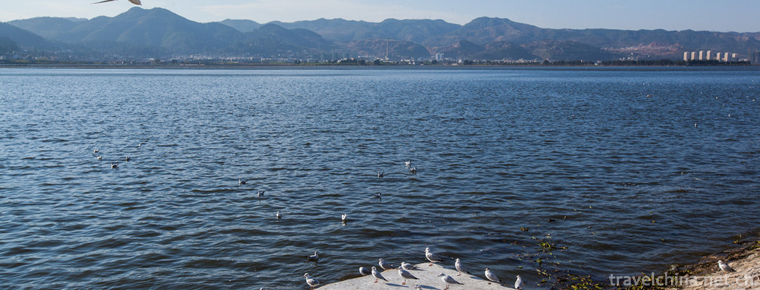
-
Snail rice noodles
Snail jelly powder is a kind of snack rice flour in Liuzhou City, Guangxi Zhuang Autonomous Region. It has the unique flavor of hot, cool, fresh, sour and hot. is the most famous local snack in Liuzho.
Views: 315 Time 2018-11-05 -
Mao tofu Fried bean curd
Mao tofu Fried bean curd is a famous traditional dish in Huizhou, Anhui Province, and is well known for its vegetarian delicacies at home and abroad..
Views: 233 Time 2018-11-27 -
West Mountain Scenic Spot of Guiping
Guiping Xishan Scenic Spot, National AAAA Scenic Spot, National Geopark. Located in Guiping City, southeastern Guangxi Zhuang Autonomous Region, Xishan Scenic Spots 1 km away from the outskirts of the.
Views: 117 Time 2019-01-13 -
Kaiping Garden
Kaiping Liyuan is located in Bohua Village, Tangkou Town, Kaiping City, Guangdong Province. It is a private garden of Xie Weili, an overseas Chinese traveling to the United States in Tangkou Town.
Views: 130 Time 2019-01-29 -
Traditional cooking techniques of Liao cuisine
In April 2016, "Liao cuisine traditional cooking skills" was approved by the State Council as a national intangible cultural heritage, Liao cuisine became the first major cuisine department .
Views: 189 Time 2019-05-13 -
North Sichuan Medical College
North Sichuan Medical College is located in Nanchong City, a famous historical and cultural city in Sichuan Province and the birthplace of Three Kingdoms Culture. The school's predecessor was the Nort.
Views: 281 Time 2019-08-31 -
Yibin university
Yibin College is located in Yibin City, Sichuan Province, which is a famous national historical and cultural city. It is a full-time comprehensive undergraduate college with beautiful environment and .
Views: 160 Time 2019-08-31 -
Bao Shu Ya
Bao Shuya (the first 723 years or the first 716 years - the first 644 years). Si Surname, abalone His name is a famous uncle. Yingshang (now belongs to Anhui (person) the Spring and Autumn period Qi S.
Views: 168 Time 2019-09-11 -
Danba pig leg
Xiang Pigs are mainly green fodder. They never feed artificial feed. They graze with cattle and sheep all year round. They have long mouth and small ears, narrow head, straight forehead, narrow body and protruding back, strong limbs and fast running..
Views: 235 Time 2020-12-06 -
Population of Dazhou
By the end of 2019, the registered residence population of Dazhou was 6 million 589 thousand and 400, with a permanent population of 5 million 741 thousand, and the urbanization rate of permanent residents was 47.14%. The annual death rate was 46.
Views: 357 Time 2020-12-20
